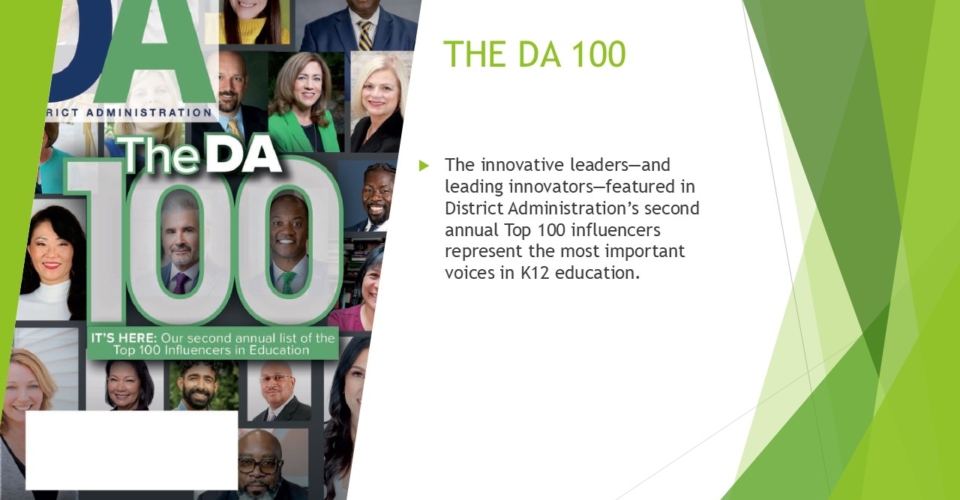School and district leaders nationwide are facing a sobering truth: five years after the pandemic disrupted learning, students have yet to recover in math.
Children and teens are still behind in elementary, middle, and high school on the Nation’s Report Card. Struggling learners, those performing at the bottom of the achievement scale, are losing the most ground.
It’s easy for school and district leaders to feel overwhelmed by the magnitude of the problem. But the key is not to try every approach that might work but to focus on a few critical things and do them well.
In my experience as a math teacher, school and district leader, curriculum developer, and coach to system leaders, I’ve seen three key steps make the biggest difference in moving the needle on math achievement.
Step 1: Build a coherent, programmatic approach to mathematics
So often, math instruction is fragmented. Different grades use different instructional materials, teachers develop their own assessments, and schools lack a unified vision for instruction. It’s particularly common for a school or district’s special education teachers to use resources that are entirely different from those used by general education teachers.
They, and math specialists in particular, often have to pull resources from the internet instead of getting access to high-quality materials schools are increasingly turning to for general education.
There are better ways to build a system. What schools should be implementing now, more than ever given the declining achievement trends, is a cohesive approach that ensures every educator uses consistent models, vocabulary and strategies.
We can learn from schools and districts doing things differently. For example, I recently saw a teacher in Queen Creek, Arizona introducing sixth-grade students to ratios. The teacher began by using a tape diagram to foster conceptual understanding—a hand-drawn model that students had been using since third grade to visually represent equal parts of a whole.
Later in the day, I observed a special education teacher who worked with a few students from this class using the same model. The schools’ entire special education team had been trained on the math curriculum and provided resources that mirrored the strategies used throughout the building.
Step 2: Design schedules that reflect your instructional vision
Instructional time is precious—and often misused. In many schools, schedules are shaped more by tradition than by instructional needs and the demands of math content. How time is allocated sends a message about what’s valued.
When I visit schools, I regularly see students pulled out during core math and reading times throughout the day, often for intervention meant to catch them up. But that’s not serving anyone well. They need general instruction in addition to that additional support or they will always be behind.
I also have seen professional learning schedules that don’t allow support staff to attend professional learning opportunities focused on math instruction. One of the greatest uses of summer planning time for administrators is to spend that time maximizing the potential of every student, teacher, and support staffer while building the daily schedule.
The school schedule should allow for high-quality math teaching for every student and ensure that support for students takes place during the least intrusive time of the day.
During a recent visit to that same school in Arizona, I saw a leadership team treat schedule design as a critical summer engineering challenge. It was one of their highest-priority tasks—and for good reason.
By thoughtfully designing the building schedule, they ensured students had maximum access to engaging core instruction and targeted support while teachers had time to collaborate and grow.
Leaders must ensure the time they’re giving to core subject areas reflects their goals for teaching and learning.
Step 3: Building conceptual understanding is more important than we think
It’s widely understood today that school and district leaders must be instructional leaders. Today, that requires a focus on building students’ conceptual understanding in math classes. It’s the number one thing leaders should look for and support.
As educators, many times, we fall back on tips and tricks or memorization strategies when a student is struggling to try to help them master a topic as quickly as possible. After all, that’s how we learned math. But while those seem helpful at the moment, they can be detrimental in the long run.
Many of these examples fall within fraction operations (butterfly method for adding and subtracting fractions, flip and multiply for multiplying fractions, etc.) in elementary school. But they quickly expire when students move to abstract understanding of fractions through ratios and rates in middle school. And they just don’t help students make meaning of the math they’re learning.
Teachers can help students develop conceptual understanding by using concrete objects and hand-drawn pictorial representations like the tape diagram during lessons, but educators need professional development and classroom resources to do this effectively.
Of course, procedural fluency (like memorizing multiplication facts) matters too. It allows students to efficiently and accurately perform math procedures, enables them efficiently to focus on reasoning. But when paired with a focus on conceptual development, students can tackle unfamiliar problems with confidence.
Each of these three strategies for school and system leaders stands on its own, but together, they form a comprehensive blueprint for improving math outcomes. This is not a prescriptive model. It’s a call to lead with clarity, coherence, and compassion. The time for transformation is now. And it starts with leadership.



